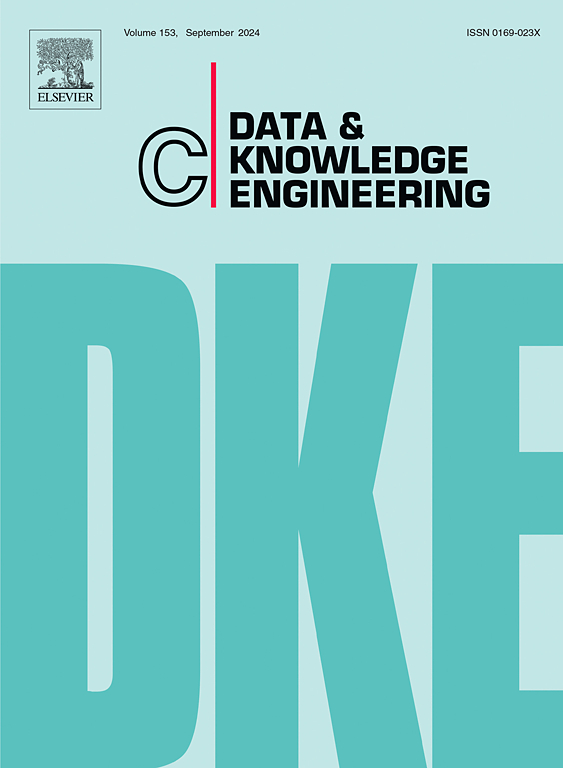An MDA approach for robotic-based real-time business intelligence applications
IF 2.7
3区 计算机科学
Q3 COMPUTER SCIENCE, ARTIFICIAL INTELLIGENCE
引用次数: 0
Abstract
Industry 4.0, the fourth industrial revolution, has emerged from the convergence of robotics, automation, and the Internet of Things (IoT), transforming industrial processes with intelligent systems and digital integration. This revolution also brings with it Business Intelligence (BI) systems that enable the analysis of IoT and robotic data. The data architectures employed for BI in Industry 4.0 contexts are often intricate, typically comprising robots software, DBMSs, message brokers, and data stream management systems. Consequently, designing BI data-centric applications for Industry 4.0 presents a significant challenge. Inspired by the absence of modeling approaches for this type of application and by the well-established advantages of Model-Driven Architecture (MDA), this paper introduces a novel UML profile for real-time robotic data-driven BI applications. Our profile enables the representation of robotic and transactional data within a unified and consistent framework, enabling continuous queries over these streams. Additionally, we propose an automated method to implement UML class diagrams onto a technological stack featuring ROS, Apache Kafka, PostgreSQL, and Apache Flink. An experimental evaluation in the agricultural application domain confirms the merits of our approach.
用于基于机器人的实时商业智能应用程序的MDA方法
工业4.0是第四次工业革命,是机器人、自动化和物联网(IoT)的融合,通过智能系统和数字集成改变工业流程。这场革命还带来了能够分析物联网和机器人数据的商业智能(BI)系统。工业4.0环境中用于BI的数据体系结构通常很复杂,通常包括机器人软件、dbms、消息代理和数据流管理系统。因此,为工业4.0设计以BI数据为中心的应用程序是一项重大挑战。由于缺乏这种类型的应用程序的建模方法,以及模型驱动体系结构(MDA)的成熟优势,本文为实时机器人数据驱动的BI应用程序引入了一种新的UML概要文件。我们的配置文件支持在统一和一致的框架内表示机器人和事务数据,支持对这些流进行连续查询。此外,我们提出了一种自动化的方法,将UML类图实现到具有ROS、Apache Kafka、PostgreSQL和Apache Flink的技术栈上。在农业应用领域的实验评价证实了我们的方法的优点。
本文章由计算机程序翻译,如有差异,请以英文原文为准。
求助全文
约1分钟内获得全文
求助全文
来源期刊

Data & Knowledge Engineering
工程技术-计算机:人工智能
CiteScore
5.00
自引率
0.00%
发文量
66
审稿时长
6 months
期刊介绍:
Data & Knowledge Engineering (DKE) stimulates the exchange of ideas and interaction between these two related fields of interest. DKE reaches a world-wide audience of researchers, designers, managers and users. The major aim of the journal is to identify, investigate and analyze the underlying principles in the design and effective use of these systems.
 求助内容:
求助内容: 应助结果提醒方式:
应助结果提醒方式:


